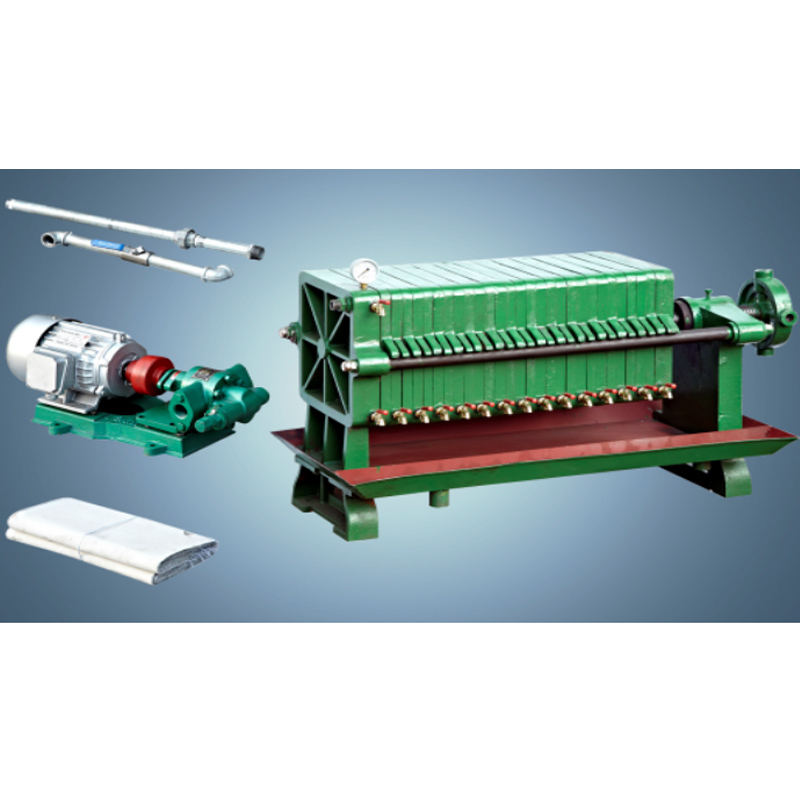Oct . 10, 2025 11:35 Back to list
Need safflower oil press service with high-yield results?
What a modern safflower plant really needs from its filtration line
If you’ve been shopping for a safflower oil press service, you’ve likely noticed the gear conversations always circle back to the press filter. It’s the quiet workhorse that decides whether your oil looks premium on the shelf—or just okay. I’ve toured plants from Xinjiang to North India, and, to be honest, when filtration is dialed in, everything downstream feels easy.

Industry trends (and what operators actually want)
Three currents define today’s safflower lines: lower operating cost per liter, food-grade documentation, and automation that doesn’t overcomplicate maintenance. Many customers say they want fewer filter cloth changes and drier cakes. Surprisingly, cake dryness is where the latest plate-and-frame press filters are quietly winning.
How the Press Filter fits your line
The Press Filter separates solids from oil/water slurries, recovering clean oil and producing dry cakes that are easy to handle. In safflower, it usually sits after the screw press or decanter, before polishing and storage. The machine is simple: a hydraulic closure, polypropylene plates, filter cloth, feed pump, optional cake blow and cloth washing. It’s the part that just needs to work—shift after shift.
Typical specifications (Press Filter)
| Filtration area | ≈ 5–80 m² (real-world use may vary by oil load) |
| Filter plate/clothes | Food-grade PP, compliant with FDA 21 CFR 177.1520 / EU 10/2011 |
| Working pressure | 0.4–1.0 MPa |
| Filtration fineness | ≈ 1–25 μm (cloth and precoat dependent) |
| Throughput | ≈ 300–3,500 L/h for safflower press liquor |
| Cake moisture | ≈ 25–35% with air blow |
| Service life | Frame 5–8 years; cloth 6–12 months typical |
| Certifications | ISO 9001, CE; food-contact docs for media |
Process flow and QA
- Materials: safflower press liquor, polypropylene plates, woven filter cloth, hydraulic pack.
- Method: feed → pressure build-up → cake formation → air blow → plate opening → cake discharge → cloth wash.
- Testing: hydrostatic pressure test (1.25× working press), differential pressure monitoring, cloth integrity checks.
- Oil QC: AOCS Ca 5a-40 (FFA), AOCS Cd 8b-90 (peroxide), AOCS Ca 3a-46 (moisture/volatile).
- Service life: plan cloth rotation every 2,000–3,000 hours; plate gasket inspection each quarter.
- Industries: edible oils, nutraceuticals, cosmetics, biodiesel pretreatment.
Where it pays off
Use a safflower oil press service for cold-pressed lines needing brilliant clarity without aggressive bleaching; hot-pressed lines wanting throughput in harvest peaks; or hybrid plants bouncing between safflower and sunflower without changing the whole setup.
Vendor snapshot (real-world buying questions)
| Vendor | Lead time | Filtration area | Certs/docs | After-sales | Price (USD) |
|---|---|---|---|---|---|
| Dingzhou OEM (Hebei, China) | 10–20 days | 20–60 m² | ISO 9001, CE, food-contact media | Remote + on-site in-region | ≈ 3k–9k |
| Local fabricator | 7–15 days | 10–30 m² | Shop-level | Local only | ≈ 2k–5k |
| Imported brand | 30–60 days | 40–120 m² | CE, broad doc pack | Global network | ≈ 12k–40k |
Customization that matters
- Plate count and area sizing around your peak press load.
- Cloth weave selection for target clarity (down to ≈1–5 μm).
- Automation: drip trays, cake blow, cloth wash, pressure transducers.
- Skid-mounting for compact retrofits; food-grade documentation pack.
Field notes and feedback
Kazakhstan (mid-size mill): switched to a safflower oil press service with air blow, cut cake moisture by ≈8% and saved two operators per shift. North India (cold-press brand): cloth change interval stretched from 10 to 18 days after dialing in precoat. Operators said, actually, the biggest win was less mess around the discharge area.
Compliance and test data
Look for ISO 9001:2015 factory QMS, CE (2006/42/EC), and food-contact declarations for filter media (FDA 21 CFR 177.1520, EU 10/2011). Routine oil checks: FFA ≤ 0.3% (target), PV ≤ 5 meq O2/kg after polishing; turbidity falls below visibility in 250 mL beaker—simple but telling. A safflower oil press service that reports ΔP, cycle time, and cake dryness will make your OEE meetings shorter, I guess.
Citations
- AOCS Official Methods (FFA, Peroxide, Moisture): https://www.aocs.org/
- ISO 9001:2015 Quality Management Systems: https://www.iso.org/standard/62085.html
- FDA 21 CFR 177.1520 (Olefin Polymers): https://www.ecfr.gov/
- EU Regulation No 10/2011 on Plastic Materials for Food Contact: https://eur-lex.europa.eu/
- EU Machinery Directive 2006/42/EC (CE): https://eur-lex.europa.eu/
-
Mustard Oil Extraction Machine: A Complete Guide to Industry, Technology & Future Trends
NewsNov.20,2025
-
Groundnut Oil Extraction Machine | Efficient Peanut Oil Press Solutions
NewsNov.20,2025
-
Manual Oil Press Machine: Sustainable Oil Extraction for Global Communities | Buy & Learn More
NewsNov.19,2025
-
Efficient Peanut Oil Machine Solutions for Sustainable Oil Extraction
NewsNov.19,2025
-
Essential Oil Extraction Machine: Unlocking Quality & Sustainability in Oil Production
NewsNov.18,2025
-
Latest Oil Expeller – Efficient & Sustainable Oil Extraction Machines
NewsNov.18,2025
